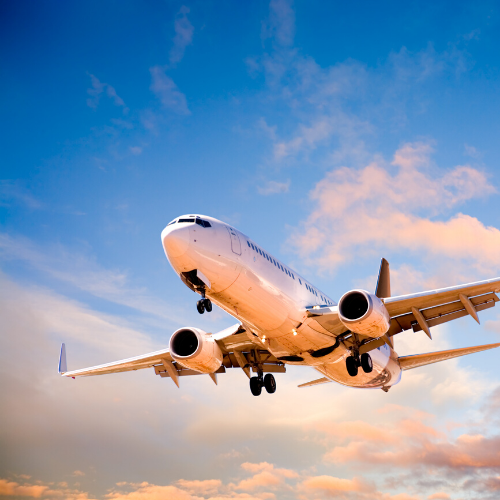Heathrow Airport History
London Heathrow is the UK’s largest airport and the world’s busiest international airport, carrying over 80.1 million passengers and 1.70 million tons of cargo each year.
London needed a large airport with modern equipment and the partly-built site at Heathrow was ideal. One runway was ready for use and when the Ministry of Civil Aviation took it over in 1946 the tented terminal was quickly put in place and a new chapter began.
By 1947 three runways had been completed and work on another three – subsequently abandoned as unnecessary – was going on.


Next came the new Oceanic terminal handling long-haul carriers, a function it still performs as Terminal 3, followed by the opening of Terminal 1 in 1968. Increased congestion in the central area led to the birth of Terminal 4 in 1986 on the south side of the airport, a modern facility but an inconvenient 10-20 minute transfer from the heart of Heathrow.
Today London Heathrow International Airport has superb rail and road links to London and other parts of the country.
After 47 years in operation, Terminal 1 closed its doors in June 2015 to allow for the expansion of Terminal 2.
As of 2022, Heathrow Airport is currently consulting with the government, investors, airline customs and regulators.
